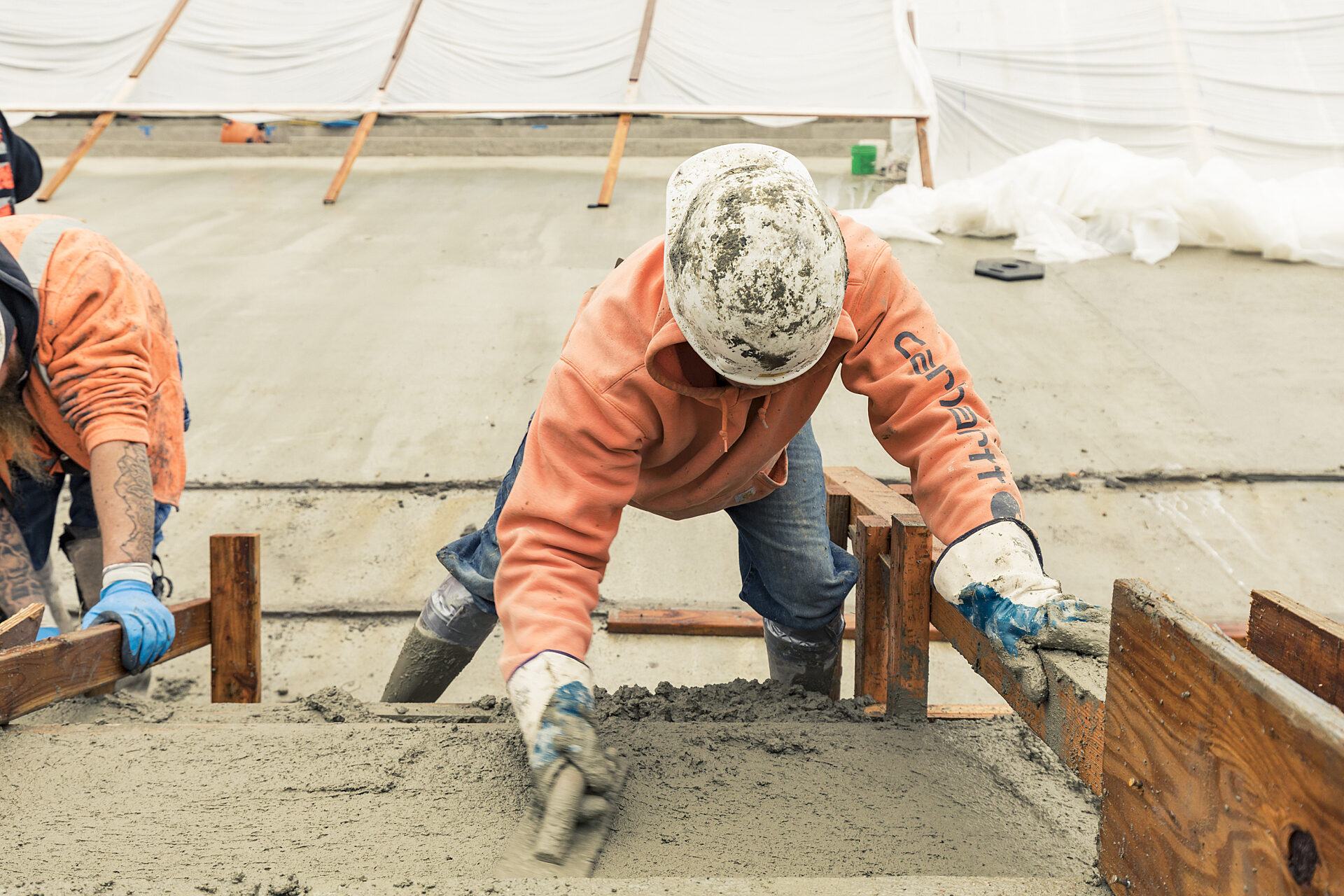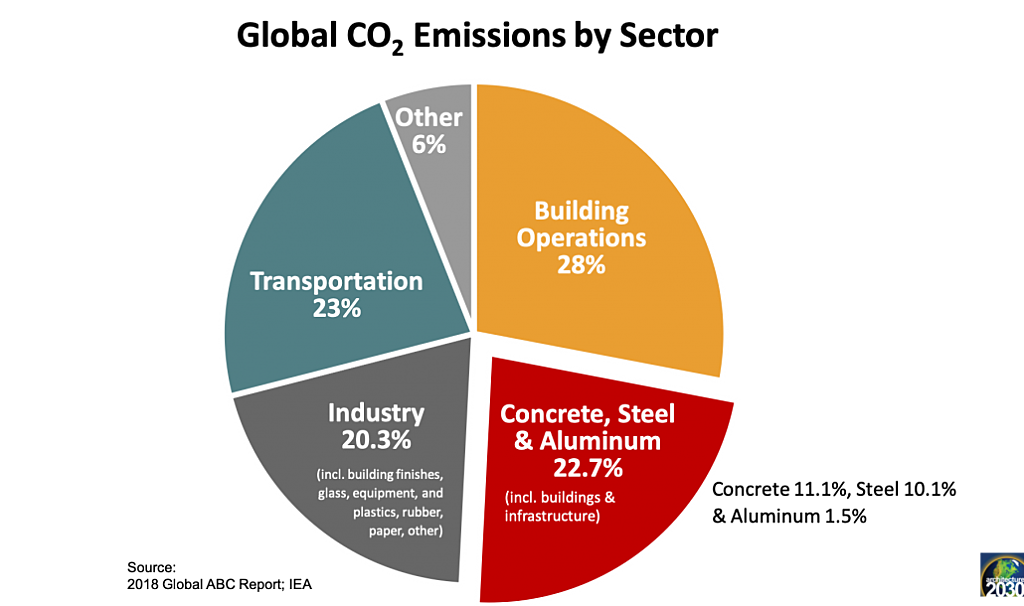Sustainability

News 03.13.2024
Concrete + Carbon Reduction: Challenges, Innovations, and a Sustainable Future
NAIOP WA blog post explores the role concrete and cement can play in reducing embodied carbon in our buildings.
NAIOP WA
External Source


Embodied carbon emissions—three small words with heavy implications for our future. You're probably starting to hear the term across the A/E/C landscape, if you're not already neck deep in it.
For those new to the concept, we thought you'd like a summary of what embodied carbon emissions really are, how we see the contractor's role on projects, and some of the great tools available.
Carbon emissions are the greenhouse gas releases caused by construction, building operations, or any other source. Embodied carbon emissions refer specifically to the manufacturing and construction process. These are the lion's share of any new building's carbon footprint. Typically, carbon emissions during construction of a building are larger than many years of its operational emissions. Elements include the harvest and manufacture of construction materials, their transport, and onsite construction.
As a result, our industry is a substantial contributor to climate change. We can, however, greatly reduce these emissions by working together with the right tools.

Source: Seattle 2030 District
A growing number of top construction clients, designers, and contractors are tracking and taking action when it comes to embodied carbon. We're rethinking projects from start to finish, from materials and systems to local sourcing.
The general contractor can play an important role alongside the design team and owner. We advise on the cost, schedule, and impacts of material choices, and can include embodied carbon as a major piece of that analysis. Since we keep in touch with local subcontractors and suppliers, we can often identify alternate materials for consideration. We can seek out local suppliers and help the design team refine the product specifications to make sure carbon factors are clear and build the project with an eye for low-emission methods.
There’s no need to start from scratch. Great tools are available to help A/E/C teams navigate solutions for their projects, with valuable information and lessons learned along the way. I'd like to share five of the best.
Attacking embodied carbon emissions used to be a daunting challenge, requiring invention on the go. But thanks to a lot of great tools—and a lot of committed players—it's easier than ever to track your project's impacts and start reducing them.
The best time to start is at the project concept phase, with the whole team's commitment. The second-best time is now.
Tags:

Sustainability Manager
LEED AP BD+C
It’s no wonder that Laura’s passion is helping people find their potential. She’s worked hard to creatively forge her own career path and achieve her goals. She is active in a number of industry groups and peer networks focused on green building and leads GLY’s internal sustainability efforts. Her background as a Project Manager allows her to connect with clients and project teams to drive sustainability project goals while keeping budget and schedule at the forefront. Laura brings her love of responsible practices [and infectious good spirits] to every project.